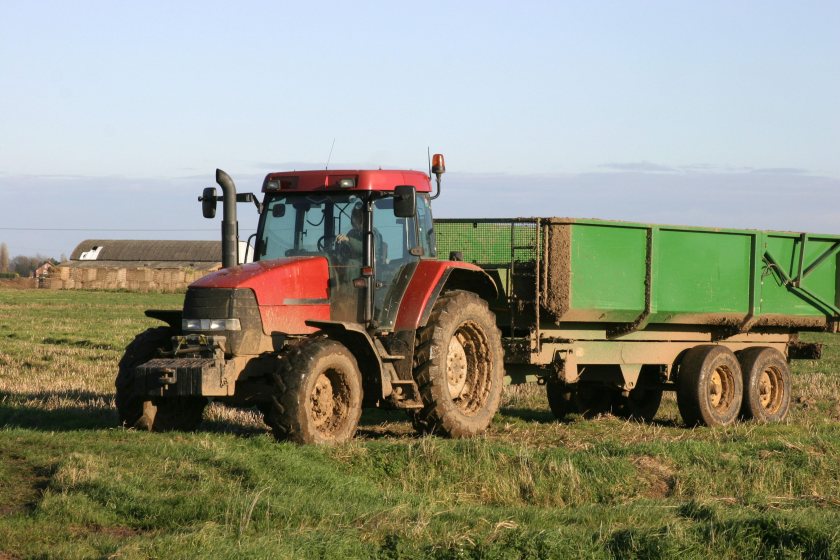
Farming businesses across the country are bracing for fresh cost pressures as rising wages across the economy push farm labour rates higher.
Strutt & Parker warns that while many farms are already under financial strain, higher public and private sector pay awards and recent increases to the National Living Wage are making it harder for employers to keep pace.
Minimum wage levels for agricultural workers are still overseen by official pay review bodies in Northern Ireland, Scotland and Wales.
However, in England the Agricultural Wages Board was abolished in 2013, leaving businesses without formal figures to guide annual reviews, which traditionally take effect from 1 October.
Nick Watson, head of private client for the property and land management firm, said the challenge for farming employers is “balancing tight margins with the reality that wages are rising elsewhere.”
He warned that this comes as farm profits are already under significant strain, with the phasing out of Basic Payments, volatile weather, lower commodity prices and high input costs all taking their toll.
Watson noted that analysis of pay awards across the wider economy shows increases of at least 3%. “The clients we are talking to are recognising they may need to stay in line with this trend if they are to remain competitive and to treat their employees fairly,” he said.
He also advised employers to consider other benefits such as accommodation, bonuses and career progression when reviewing pay.
“When free accommodation is provided the employer can add an accommodation offset to the employee’s wages to reflect this benefit.
"However, this offset is much lower than the actual cost or value of the housing provided.” From April 2025, the offset has been set at £74.62 per week (£10.66 per day), equivalent to £1.87 per hour for a 40-hour week.
Watson stressed that retaining staff is about more than wages. “Research consistently shows that people are more likely to stay when they feel respected, listened to, and given fair opportunities,” he said. “Fostering that kind of working environment can be one of the most effective ways to attract and retain staff.”
Inflation has continued to rise, with the Consumer Prices Index reaching 3.8% in July. The National Living Wage also increased by 6.7% in April, moving from £11.44 to £12.21 per hour.
Agricultural pay boards in Wales and Scotland agreed increases of between 6.8% and 9.9% for Craftsman rate workers from April 2025.
Meanwhile, public sector awards have ranged from 3.3% for civil servants to 4.5% for the armed forces, while private sector pay growth has been between 3% and 4.8% – significantly below the uplift seen in devolved farming pay rates.
Looking ahead, the Low Pay Commission has suggested the National Living Wage could rise again to £12.71 per hour in April 2026 – a 4.1% increase.
Watson said: “The wages of lower paid farm workers must at least match the NLW rate of £12.21/hr and it may be sensible to change their wage review date to 1 April to tie in with the government’s annual review of the NLW.”
With margins under pressure and wage expectations rising, Strutt & Parker says farm businesses will need to balance competitive pay with non-financial benefits if they are to attract and retain staff in a tightening labour market.
